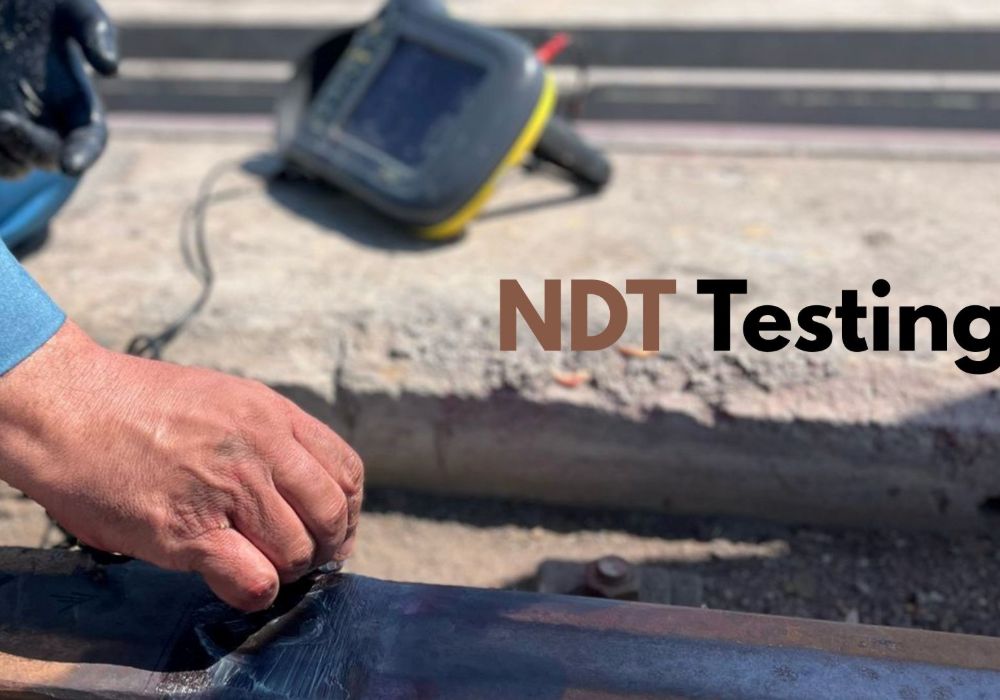 Nondestructive Testing (NDT)
Nondestructive Testing (NDT)
Nondestructive Testing (NDT) refers to a range of techniques used to analyze the properties of materials, components, or systems without causing any damage. These methods are essential in identifying defects during manufacturing or usage stages to ensure the integrity, quality, and safety of the final product.
Types of Nondestructive Testing:
- Visual Inspection: Uses the naked eye or magnifying tools to examine surface conditions.
- Liquid Penetrant Testing: Detects surface cracks and imperfections using special dye-based liquids.
- Magnetic Particle Testing: Identifies surface and subsurface flaws in ferromagnetic materials.
- Radiographic Testing: Utilizes X-rays or gamma rays to reveal internal structural defects.
- Ultrasonic Testing: Uses high-frequency sound waves to detect internal anomalies in materials.
Benefits of NDT:
- Preserves Material Integrity: Inspections are done without causing any damage to the material.
- Saves Time and Money: Enables early defect detection throughout production or maintenance.
- Ensures Quality: Provides assurance in the safety and reliability of components and systems.
